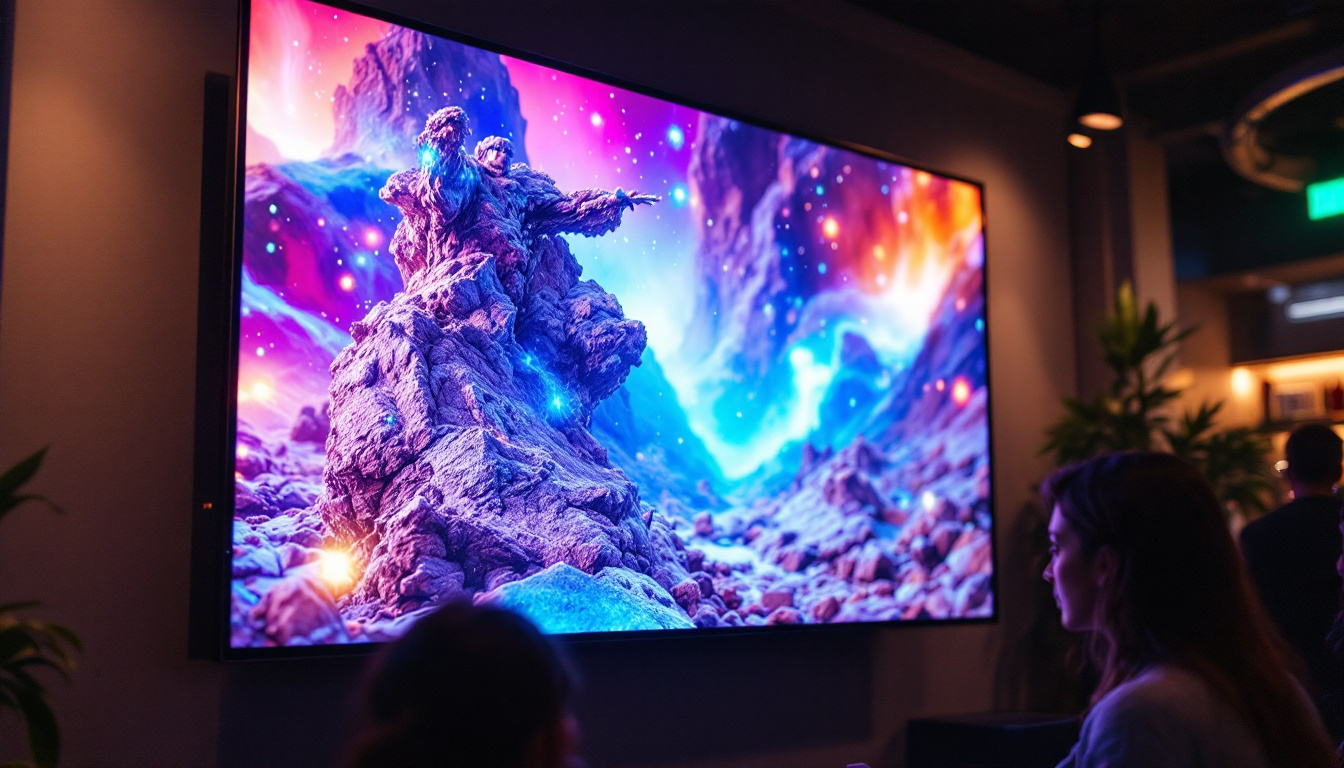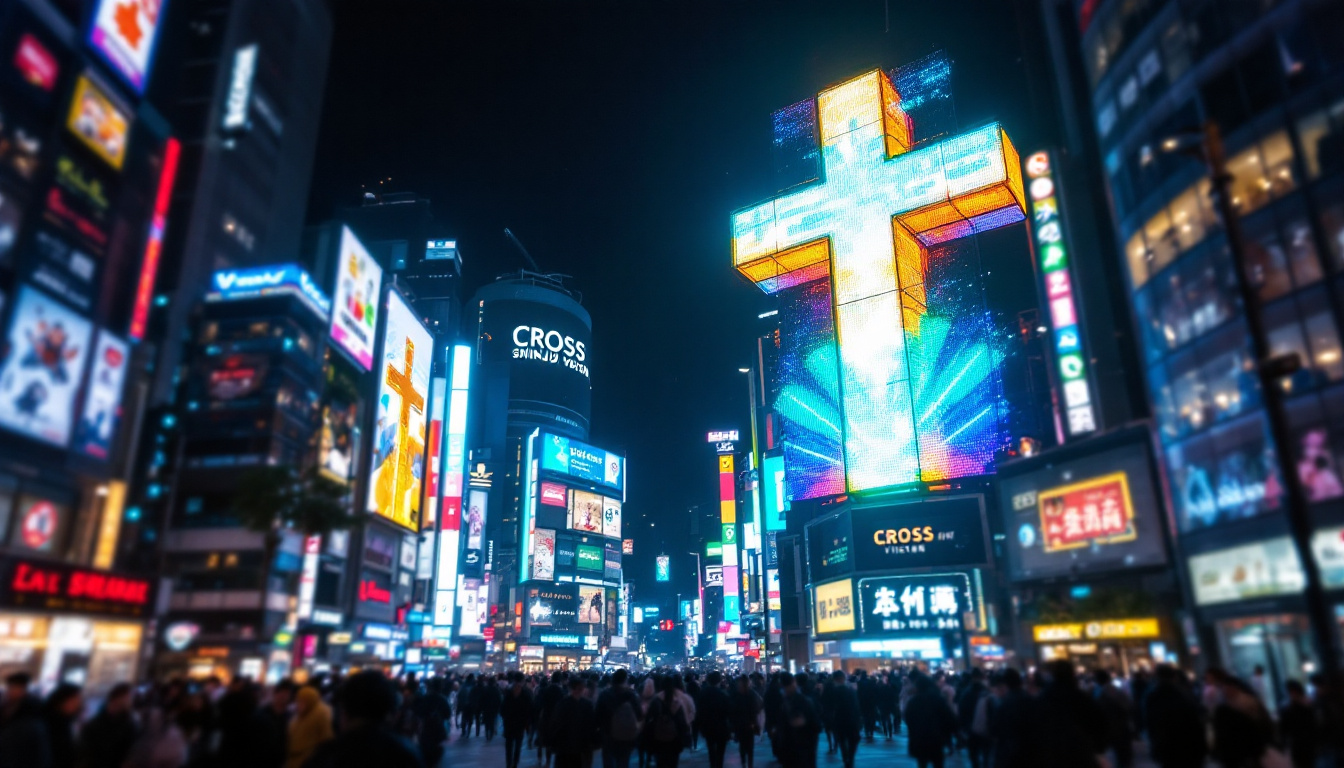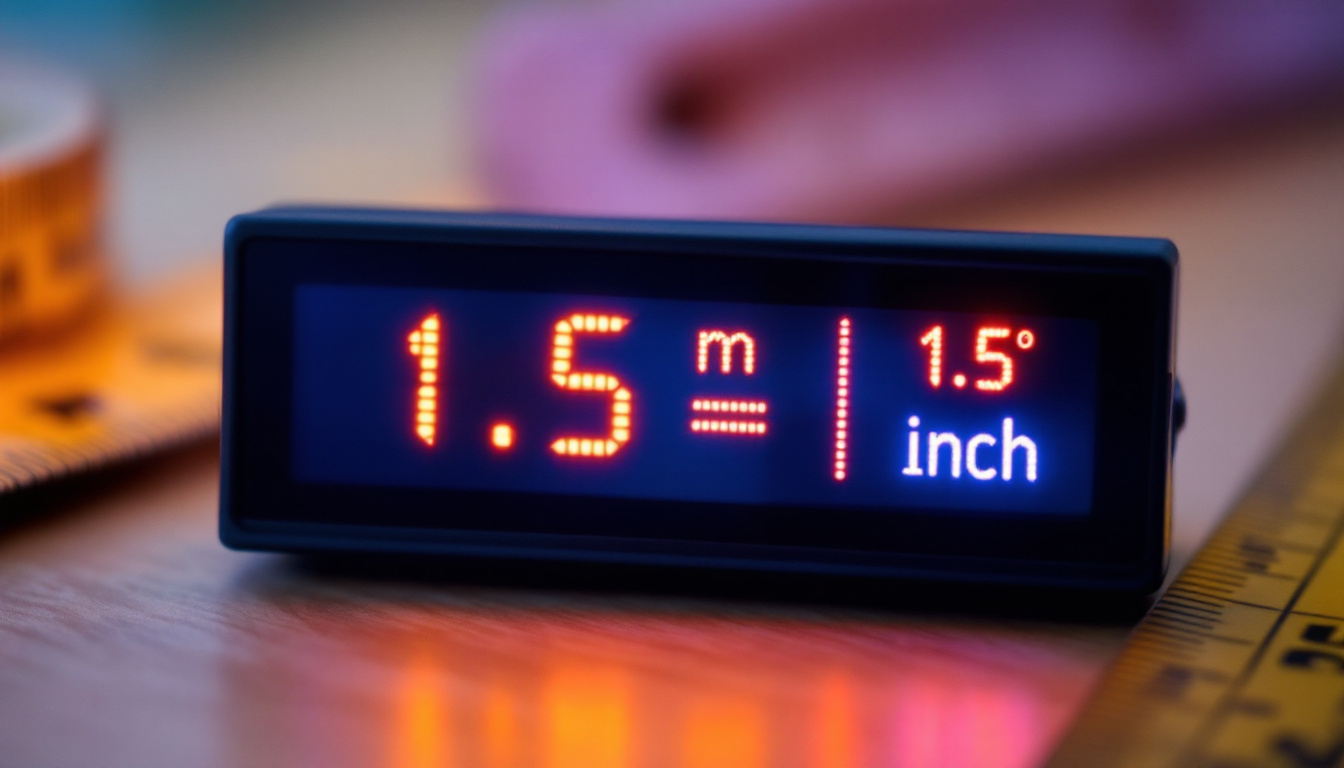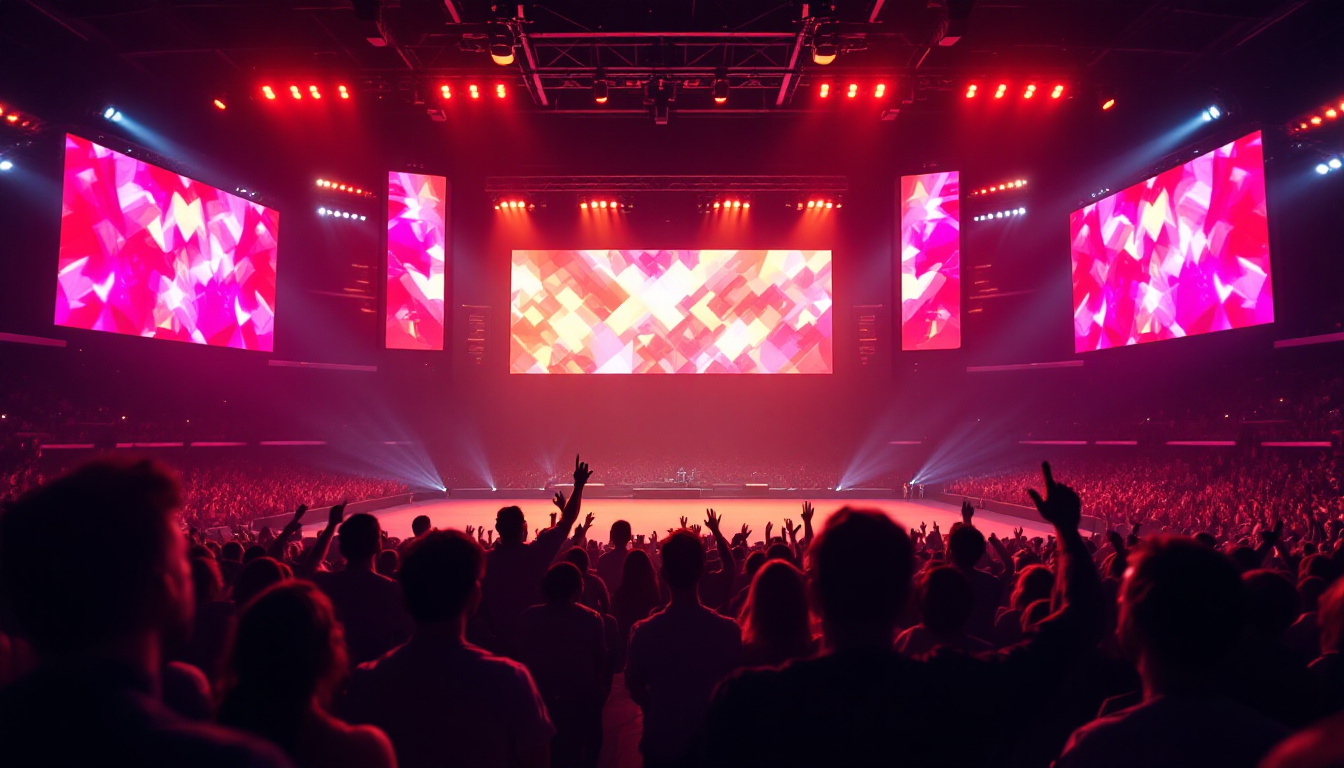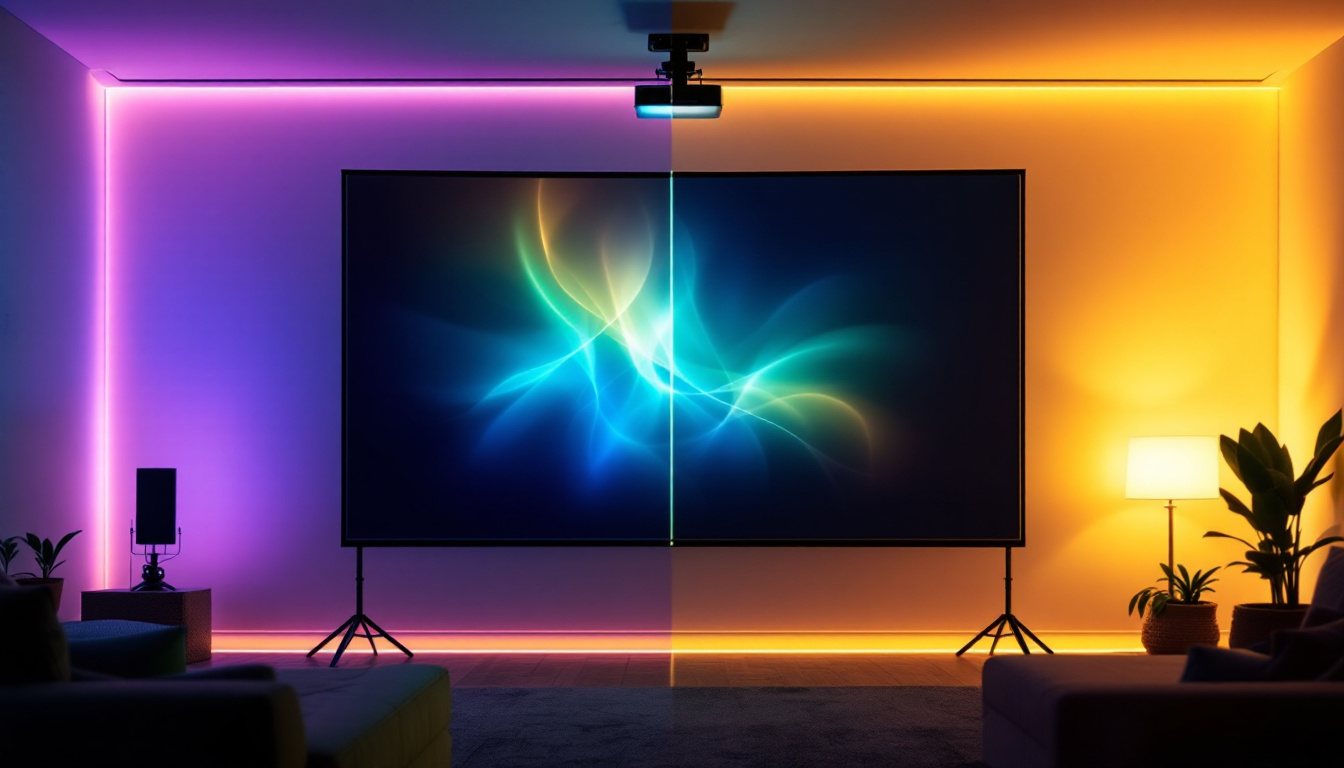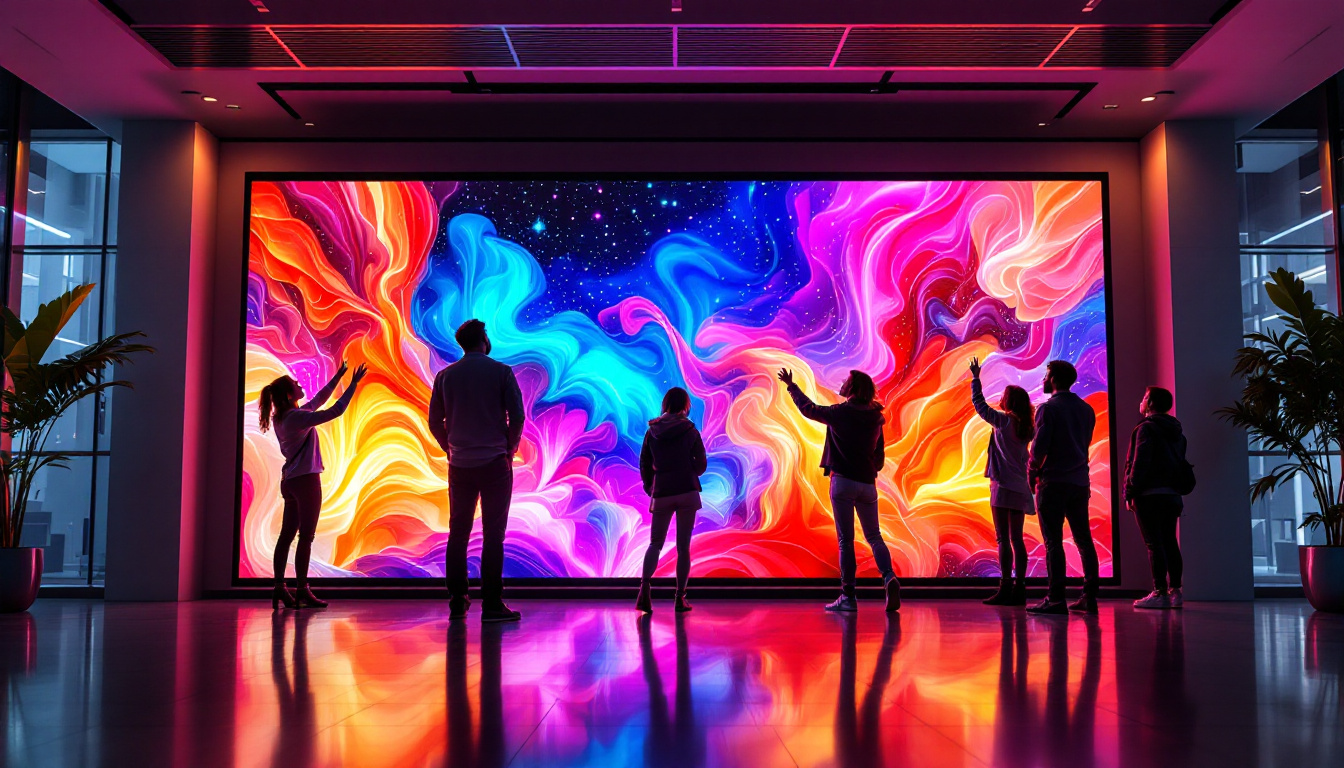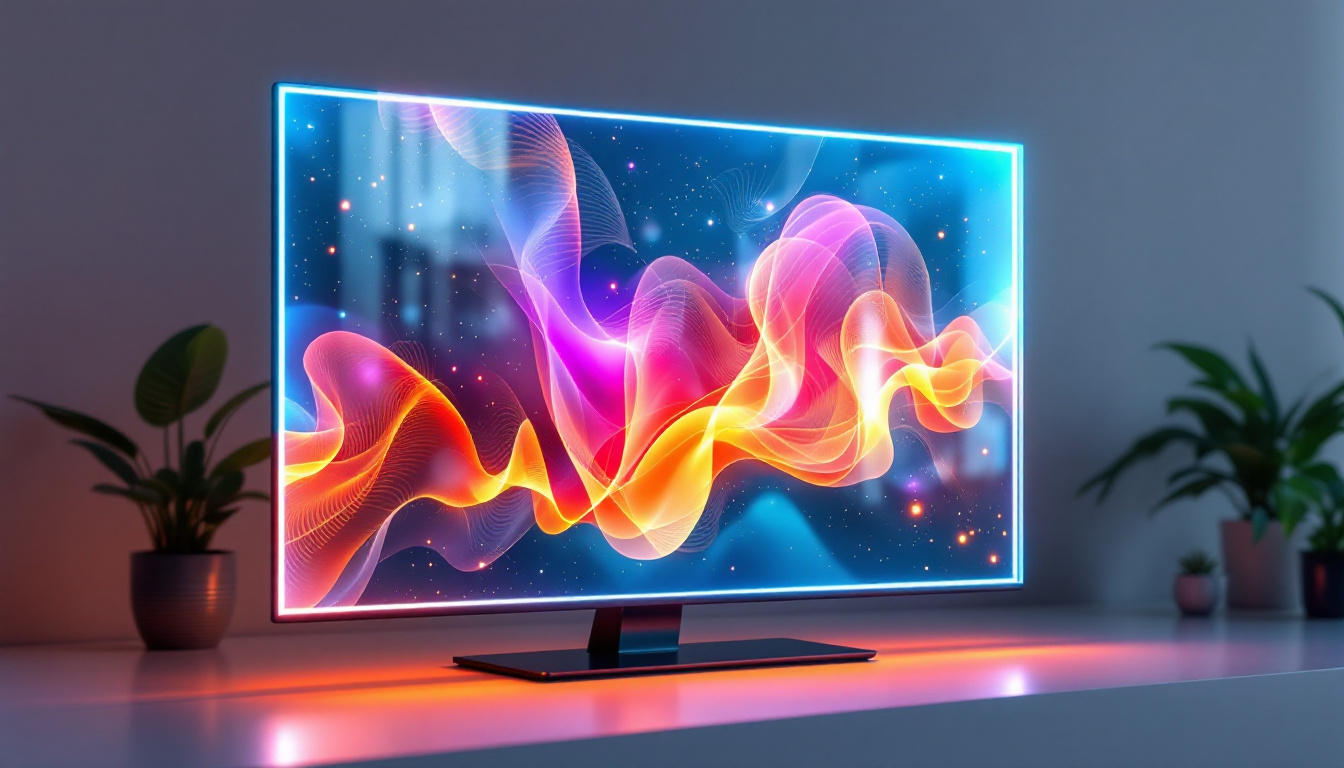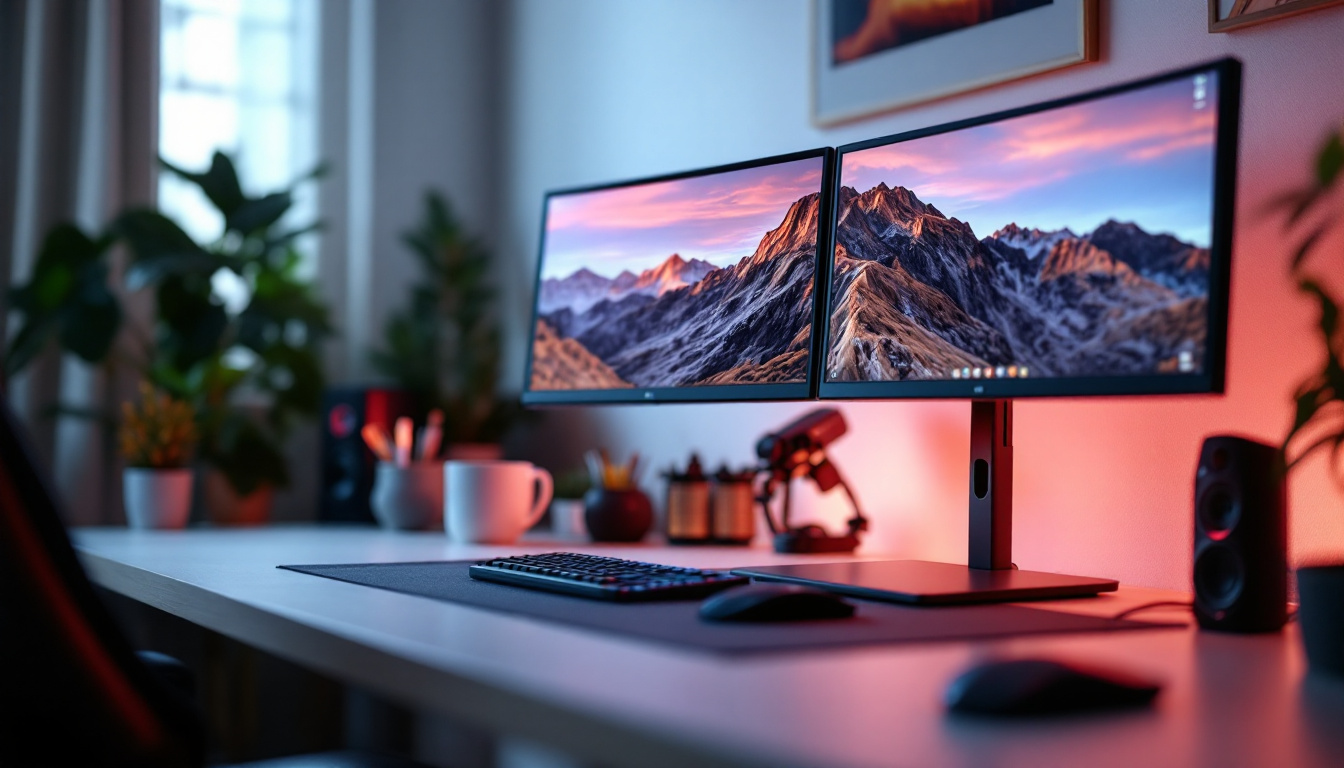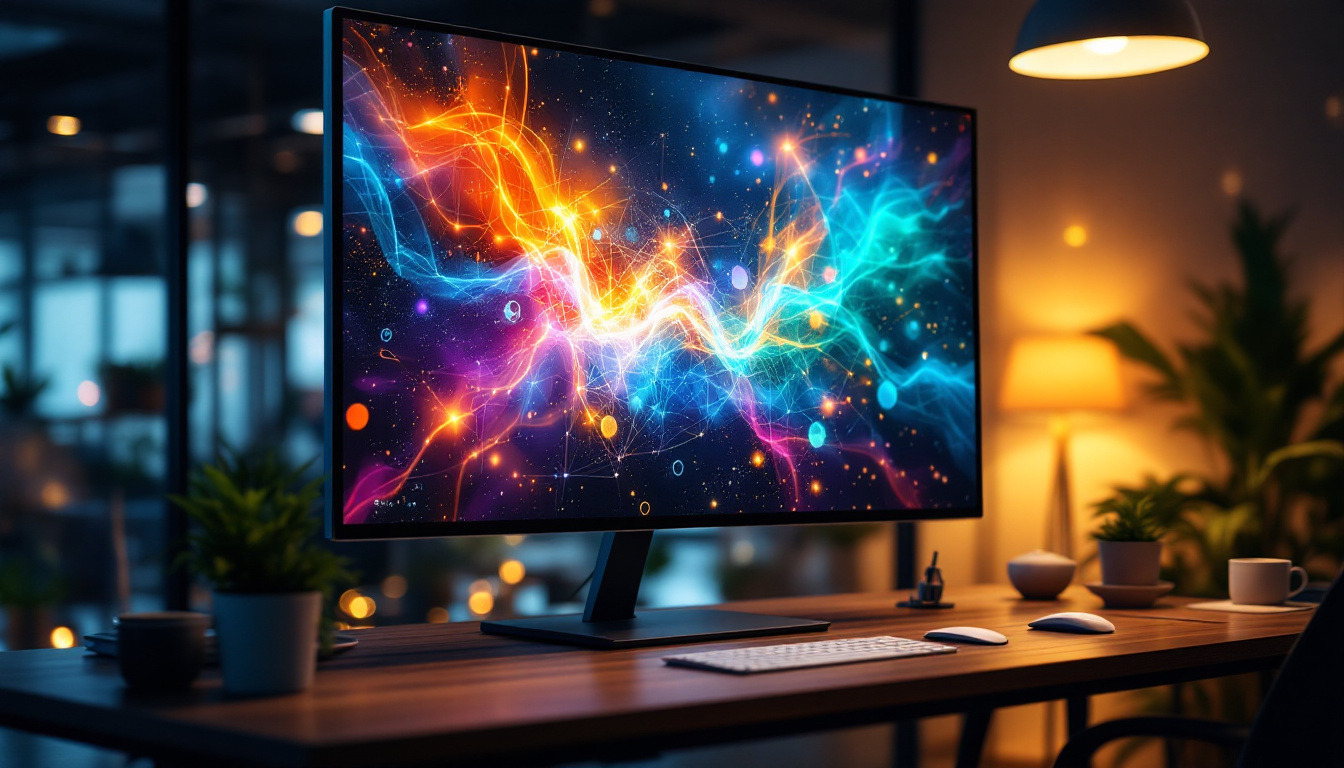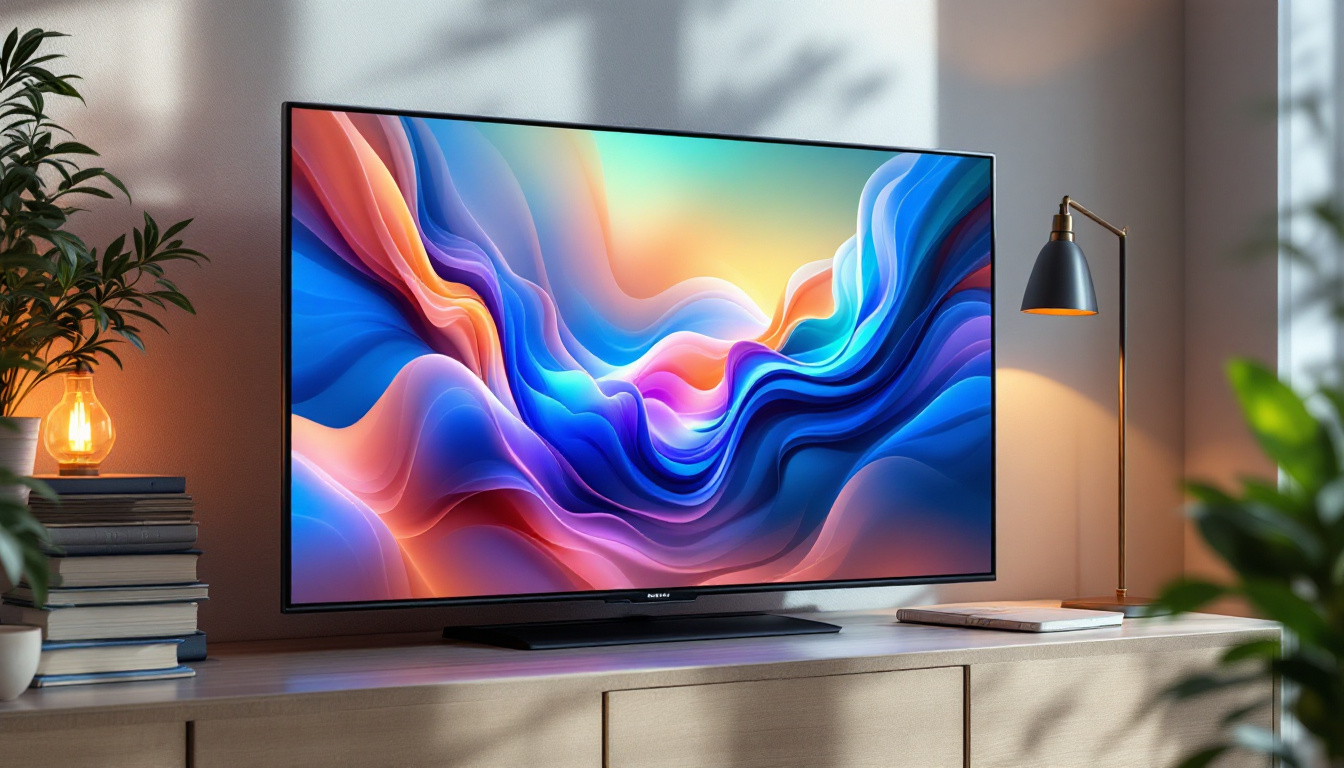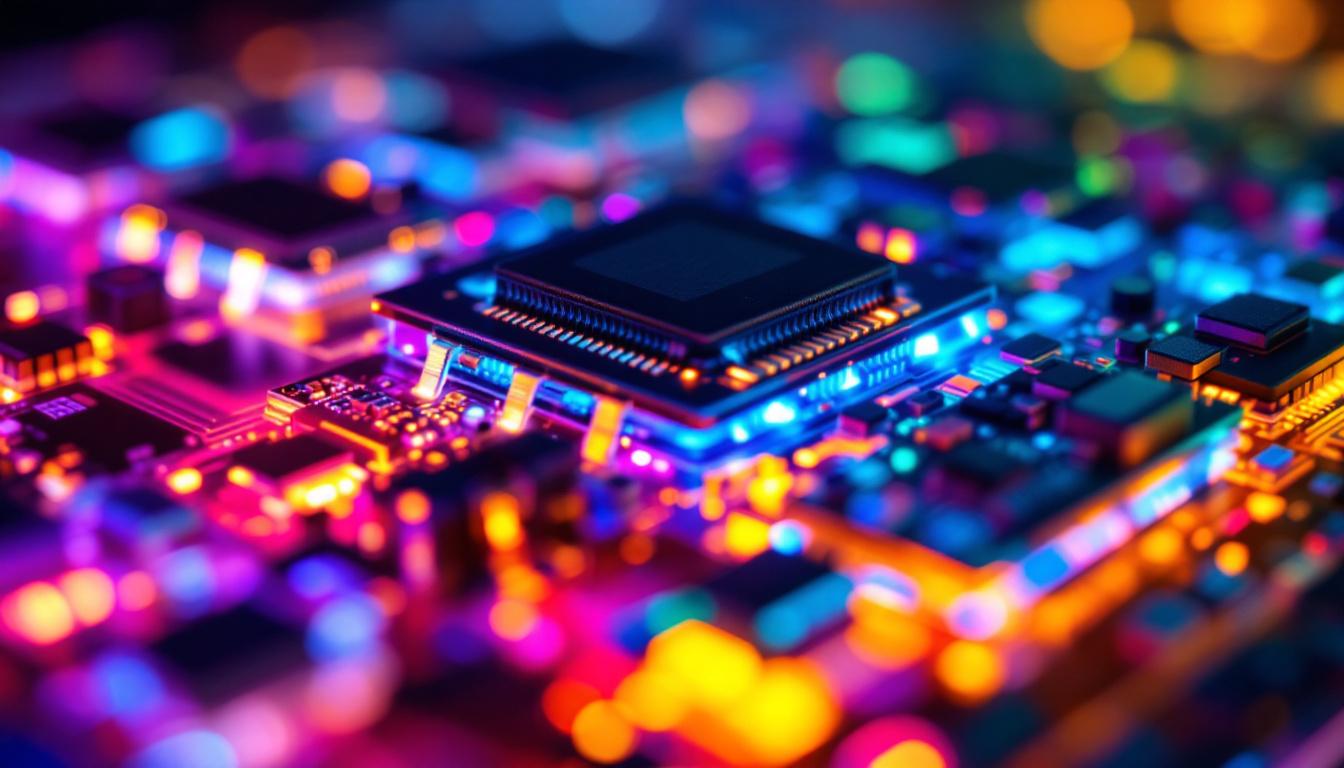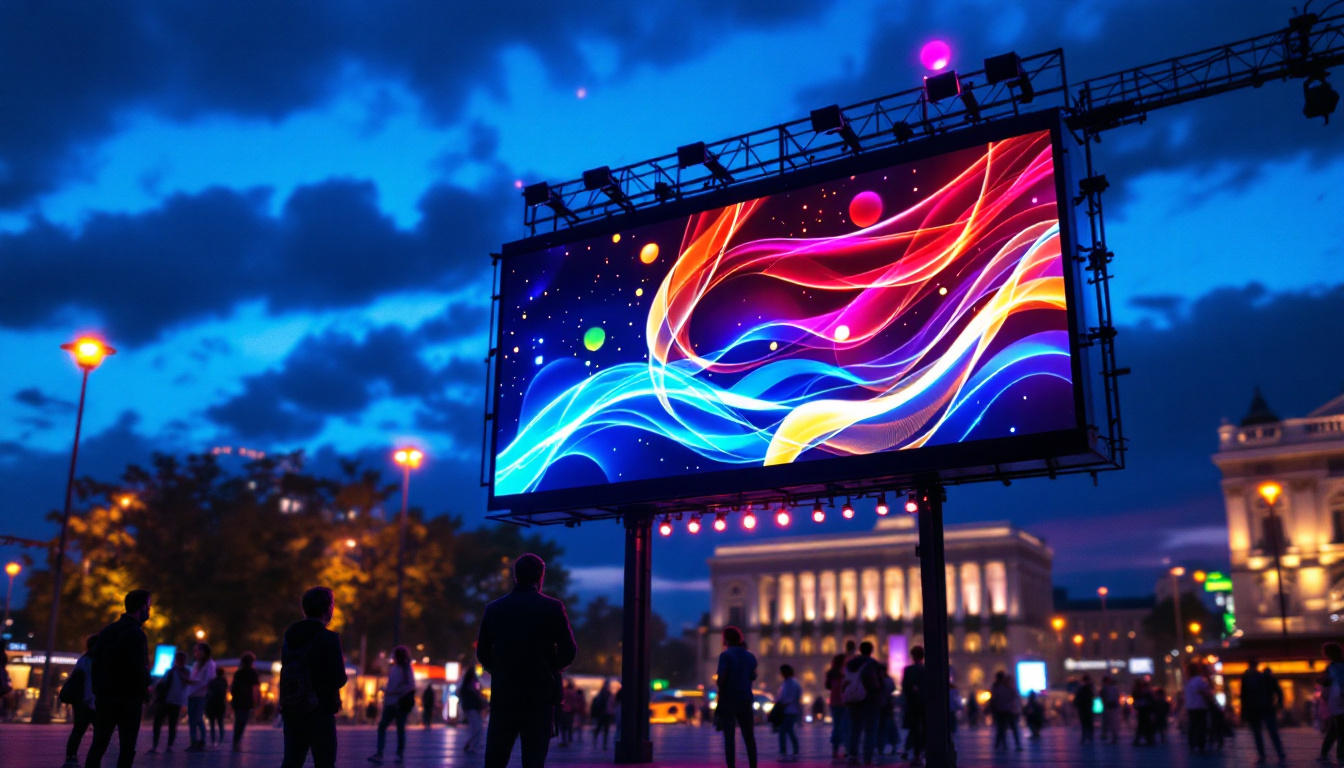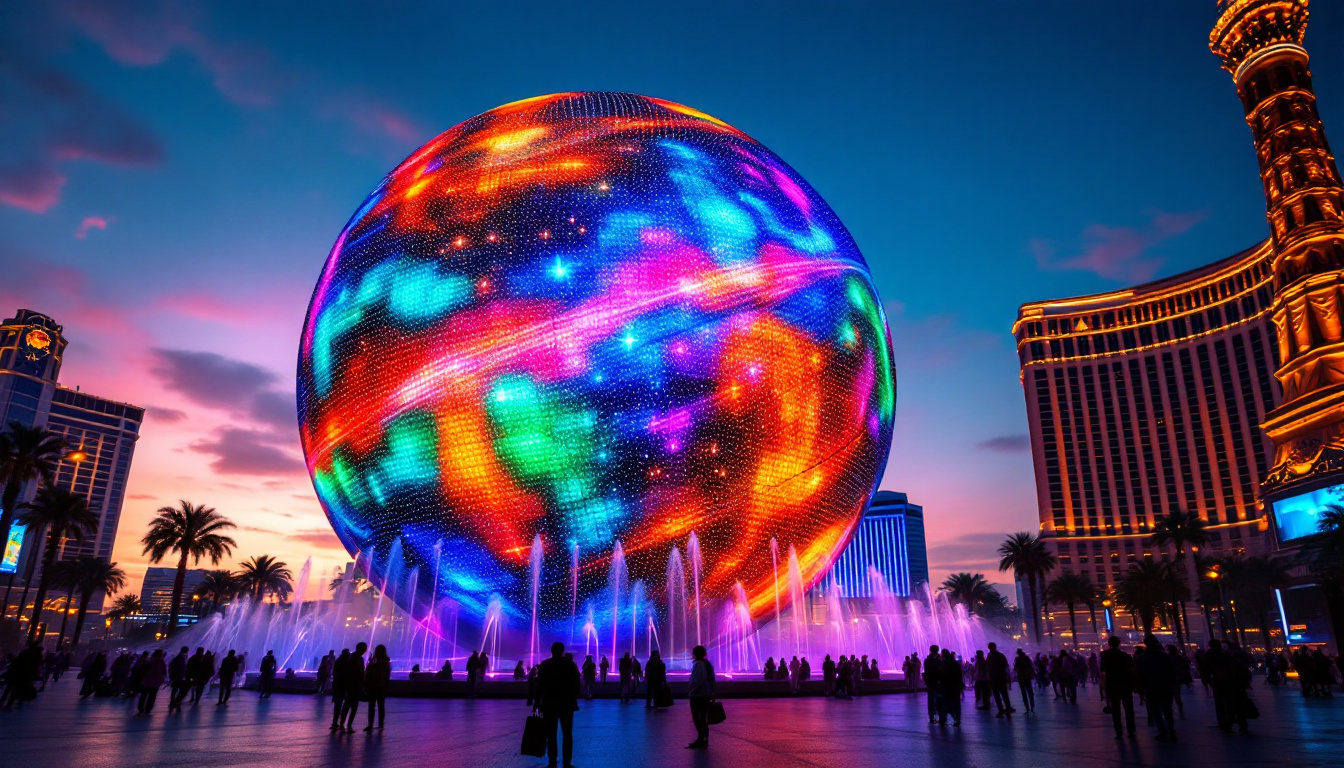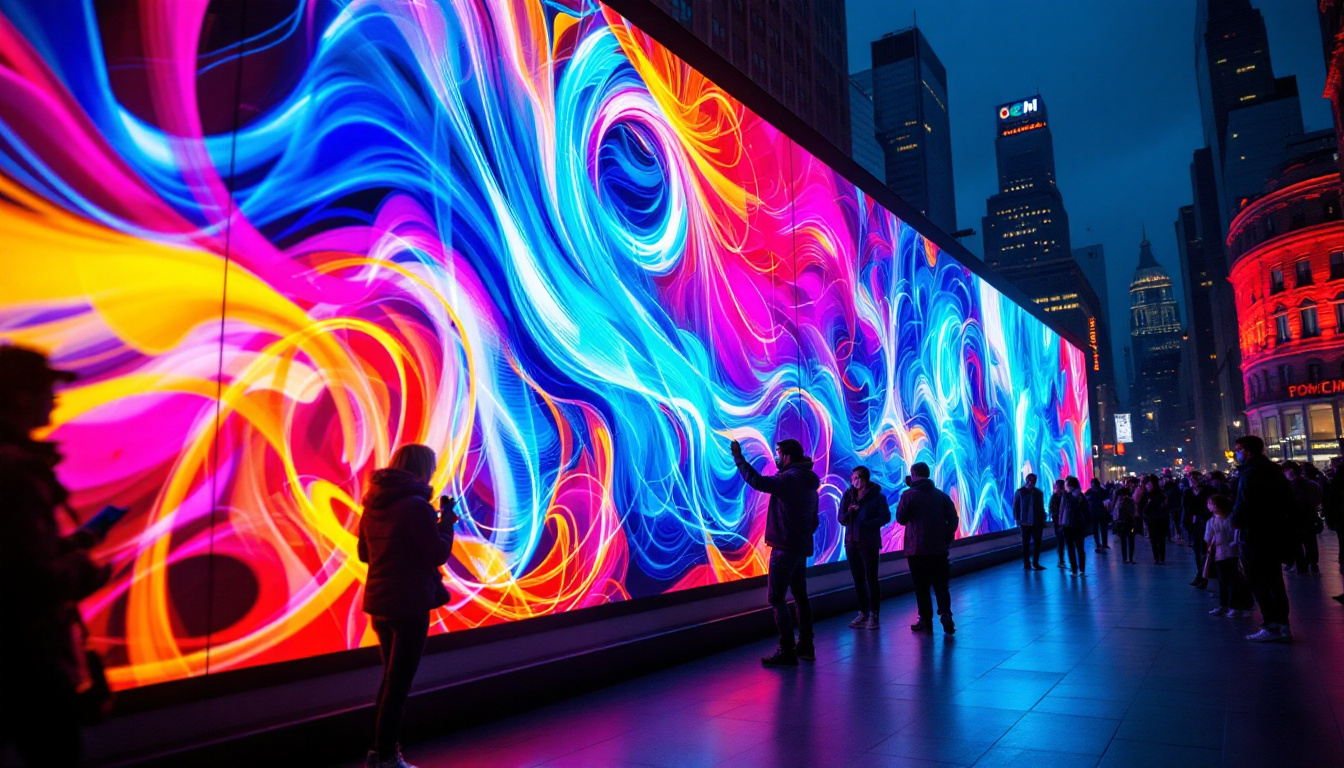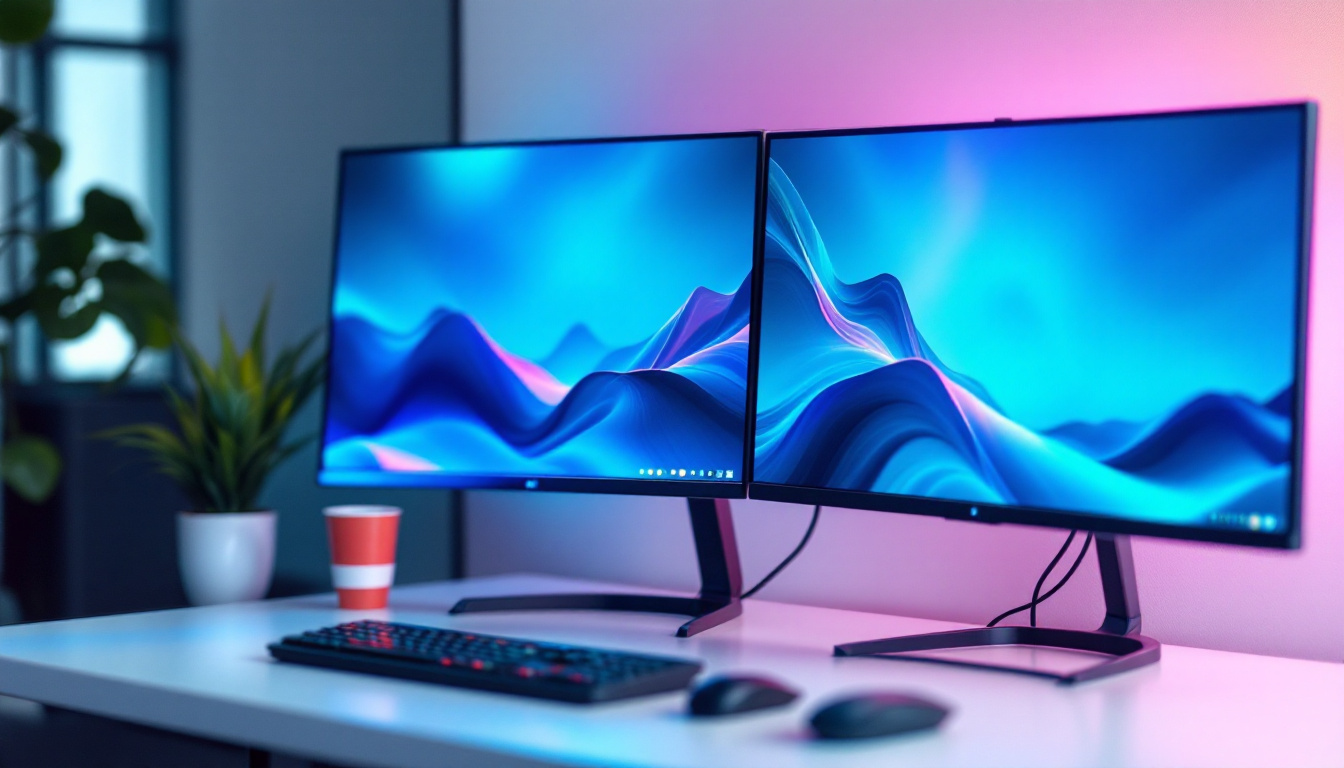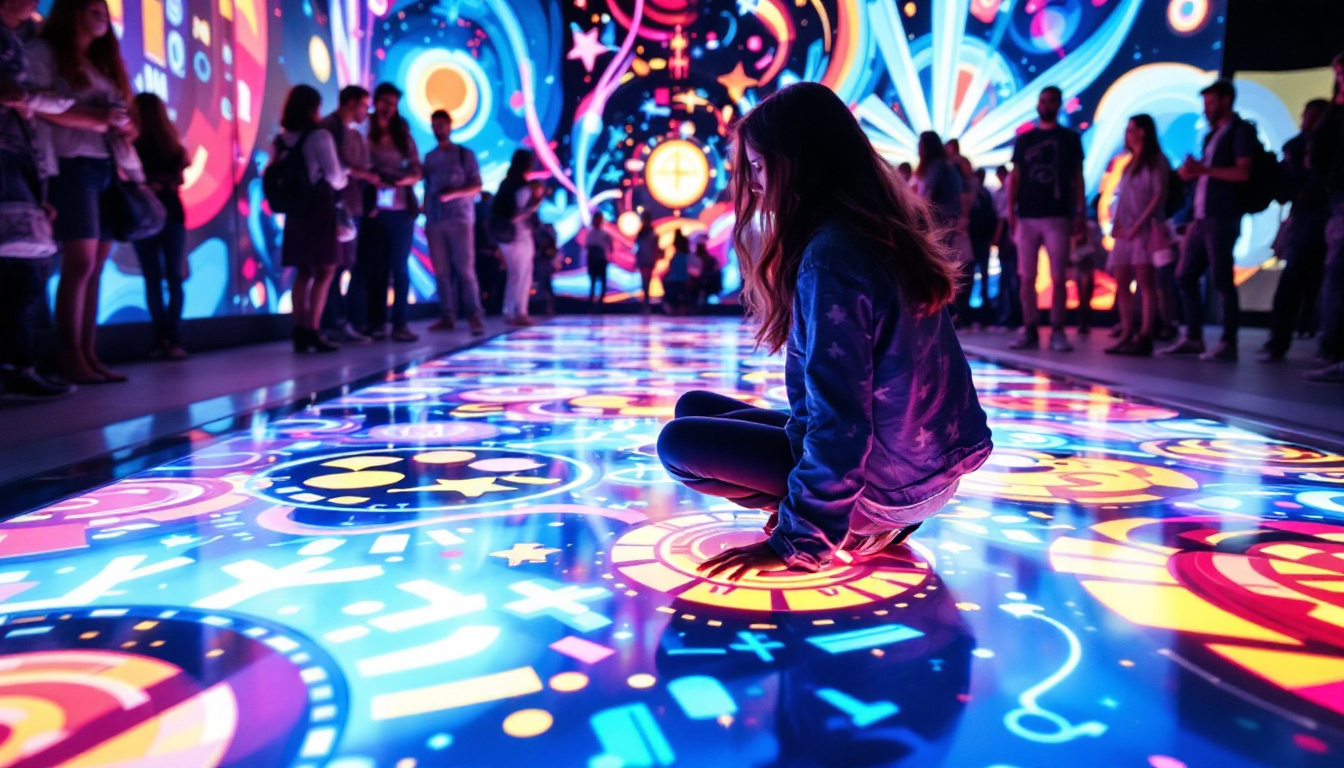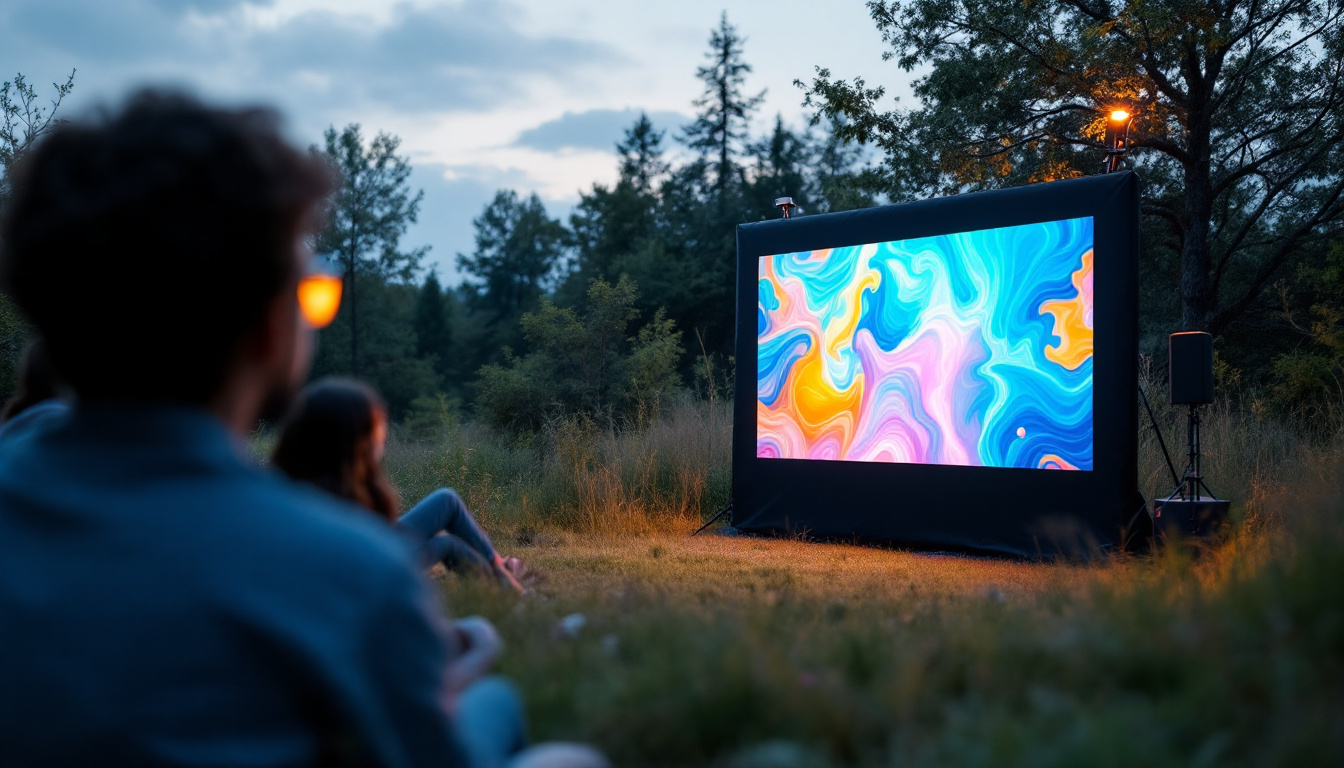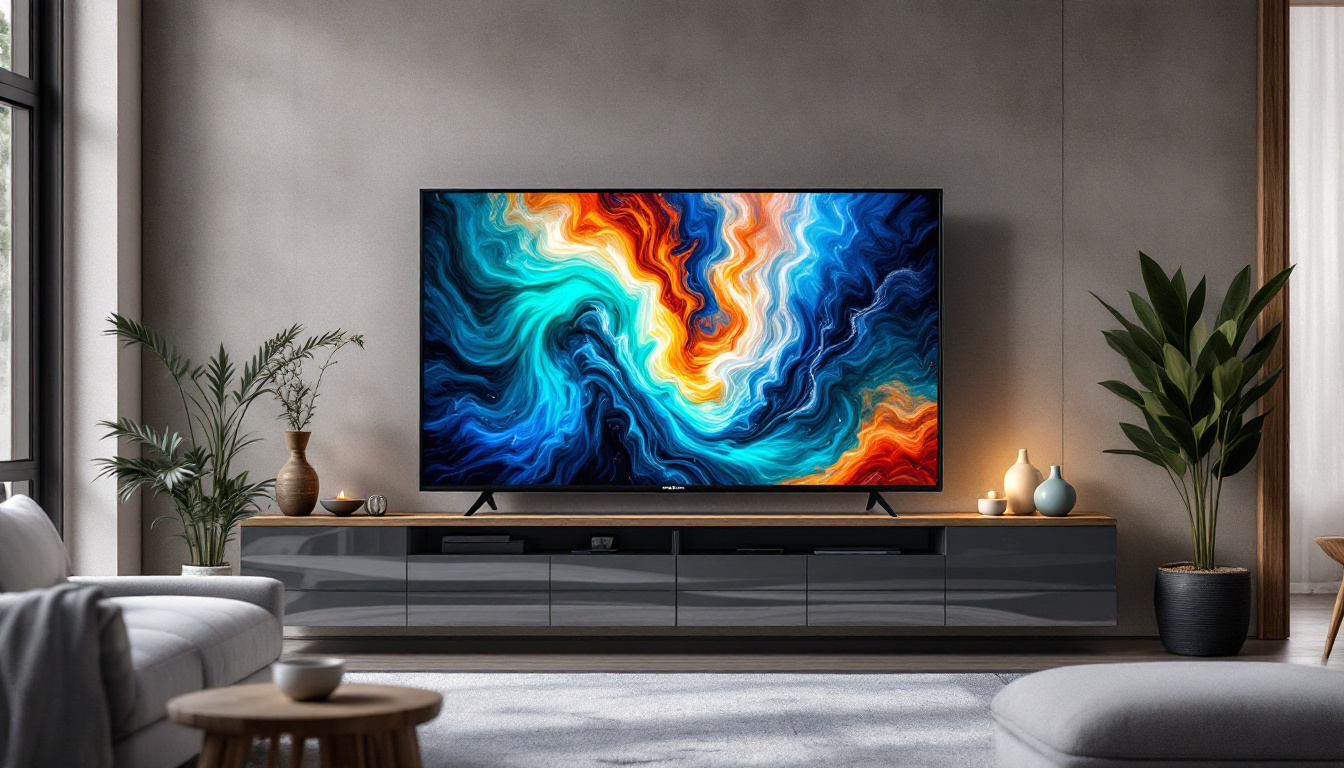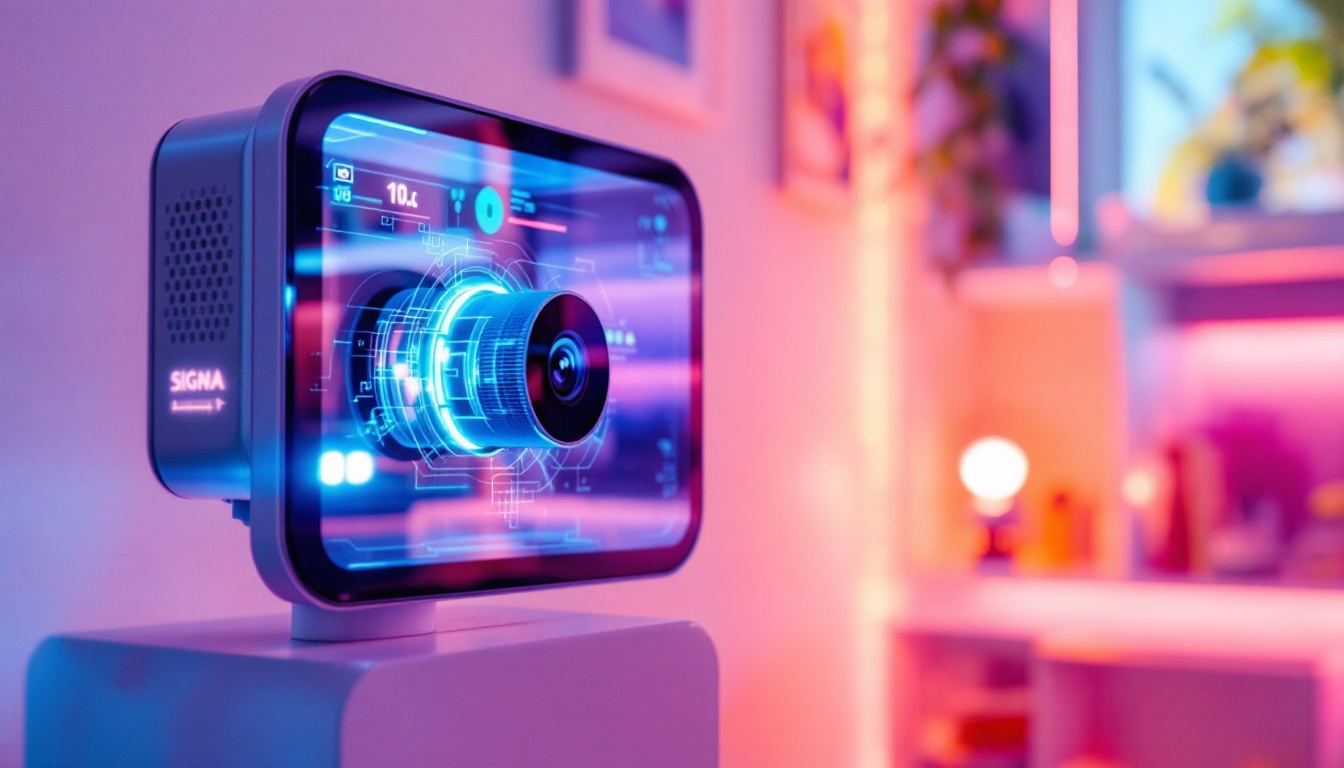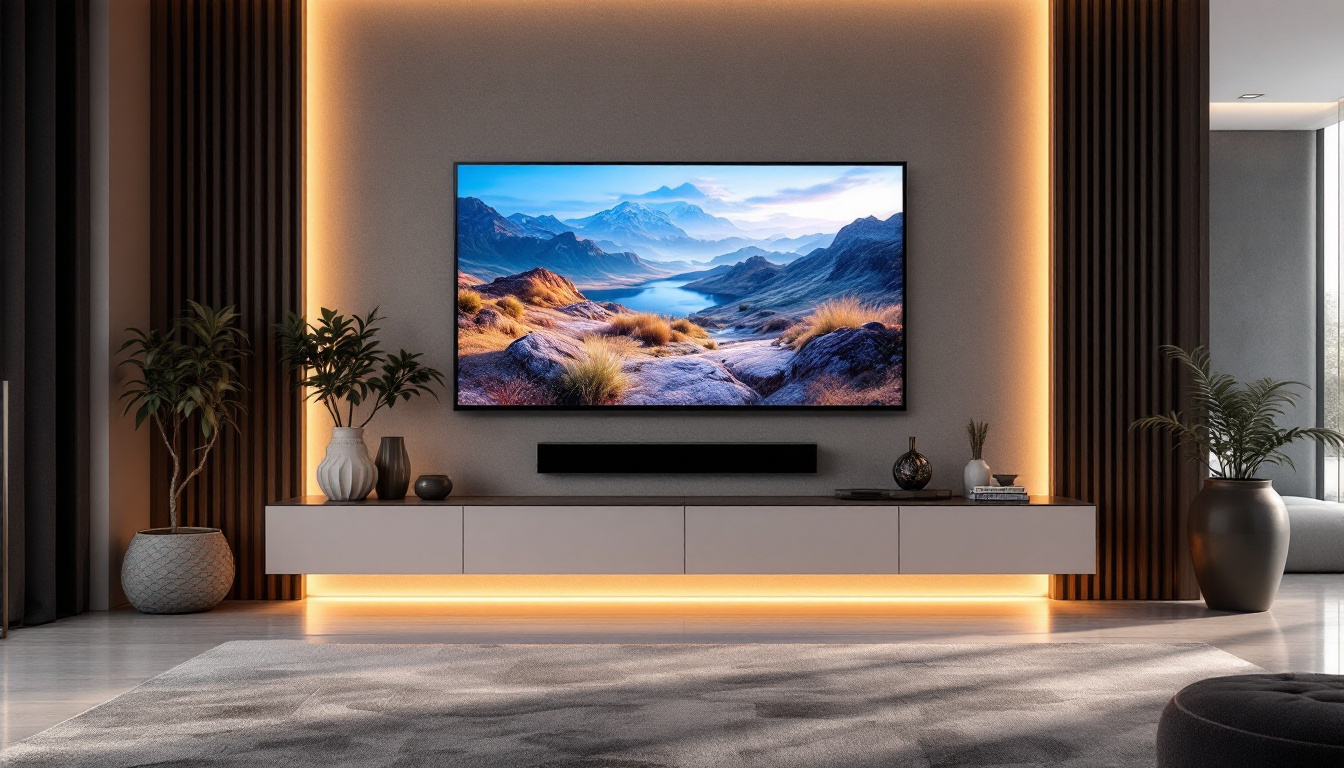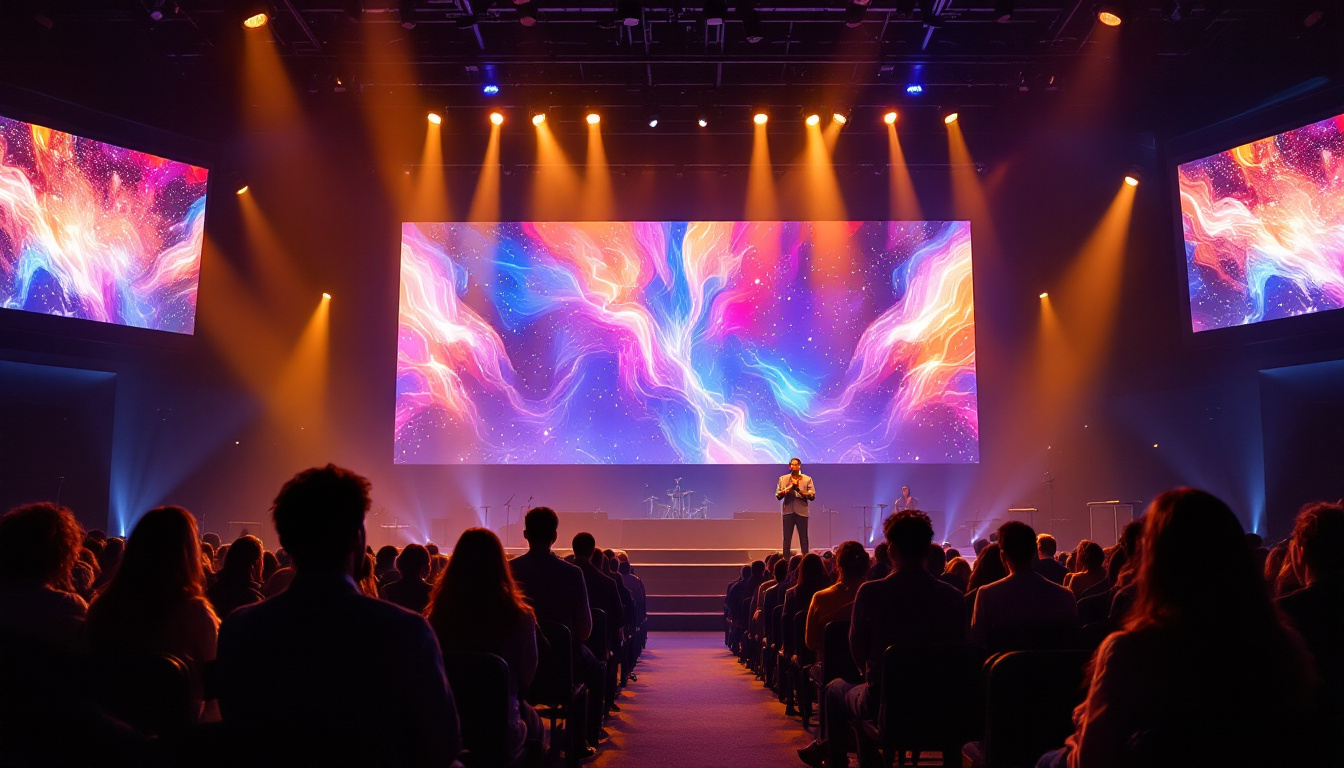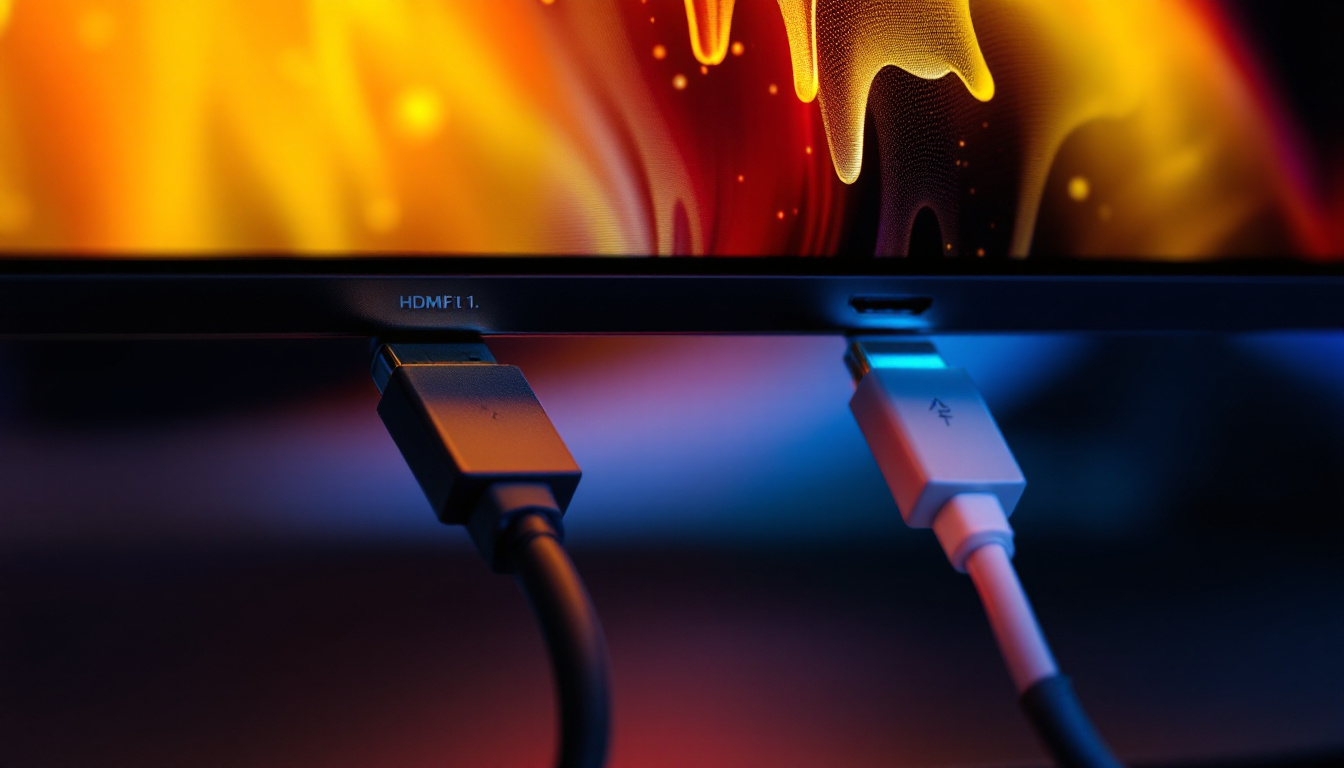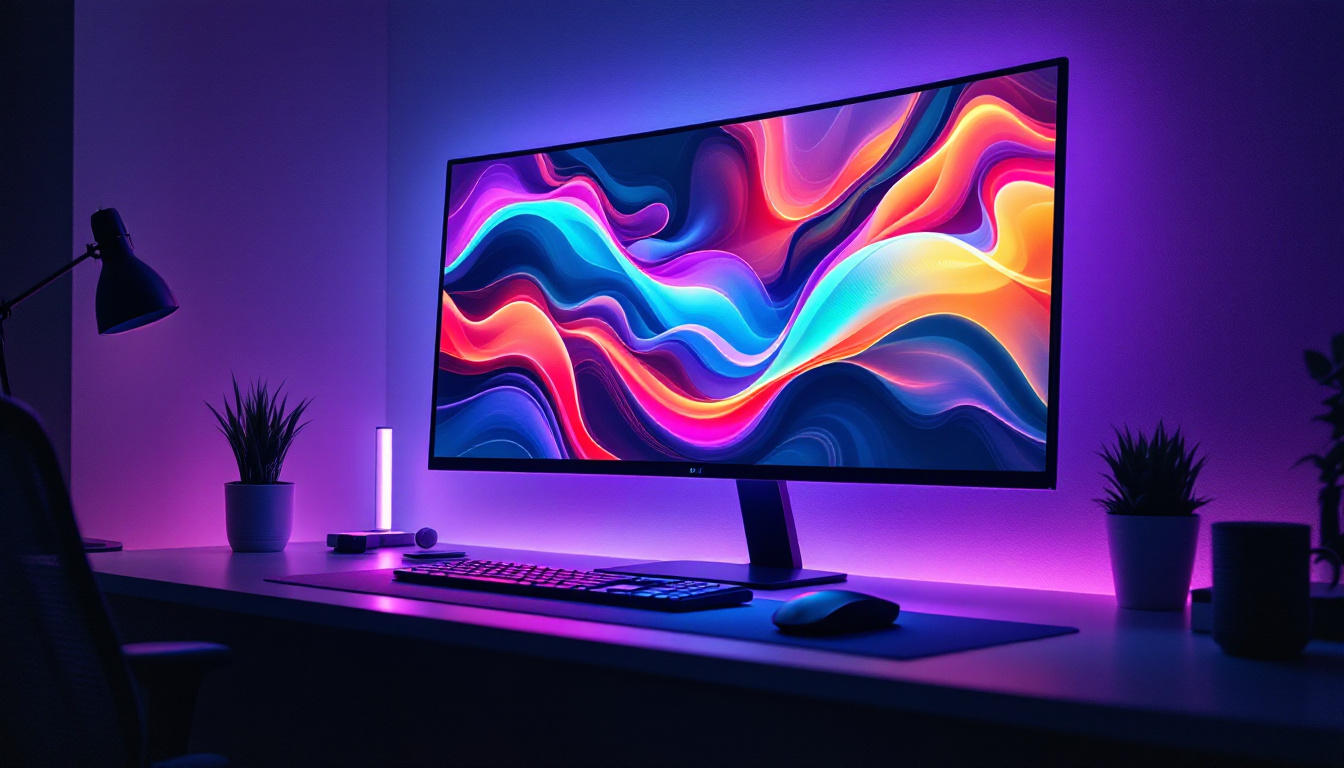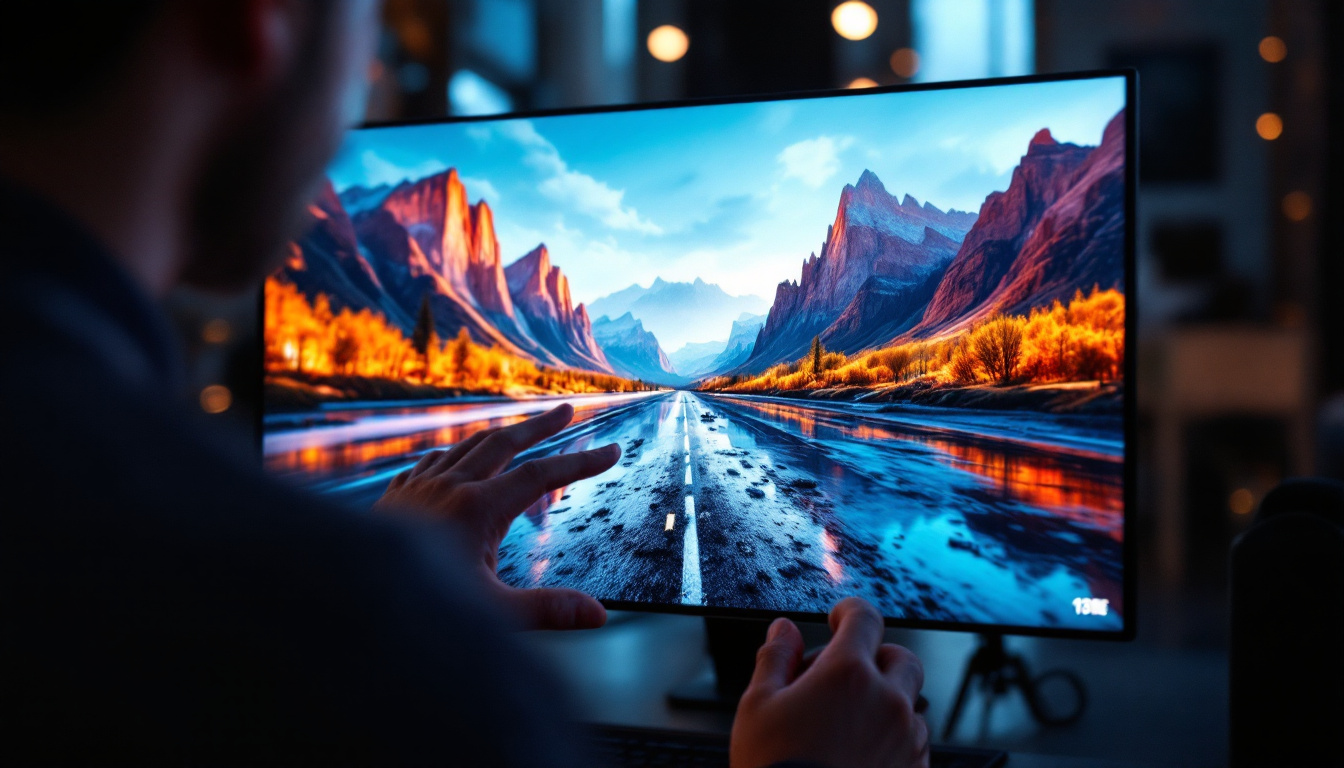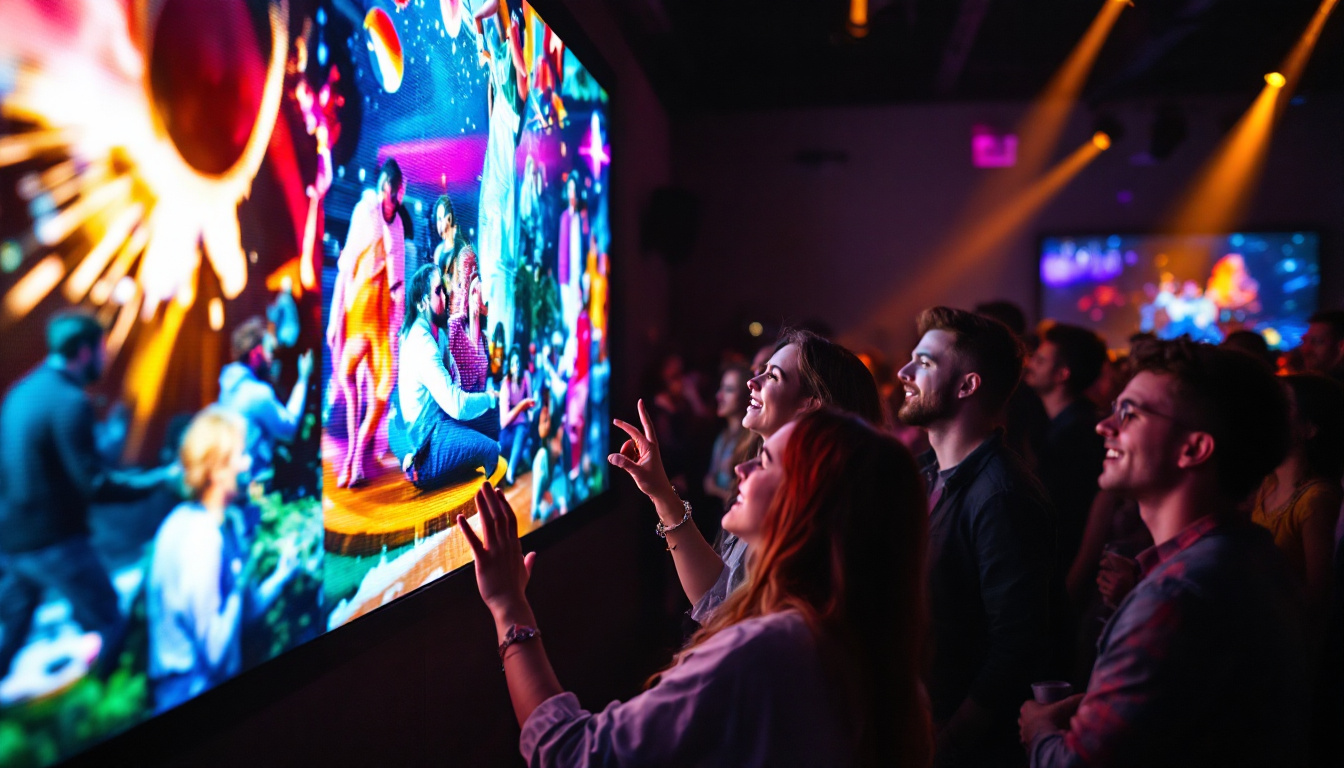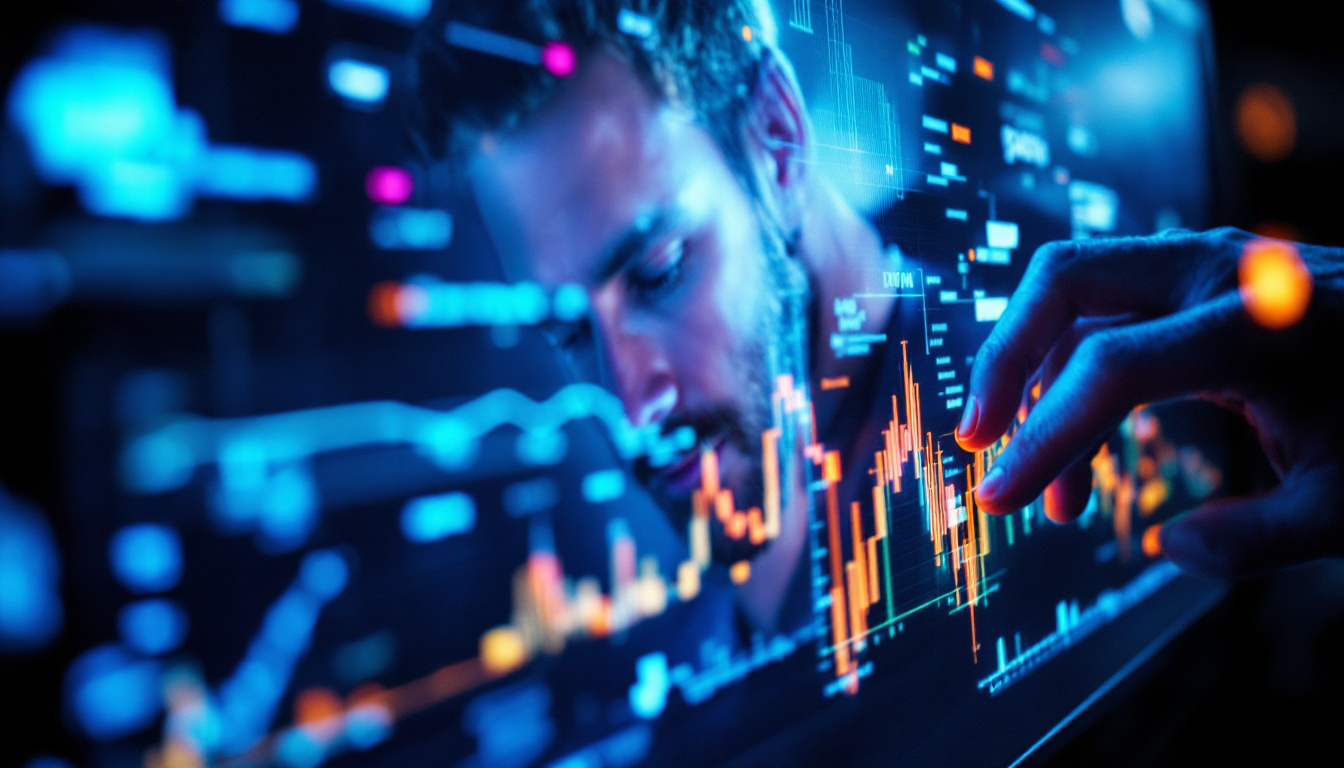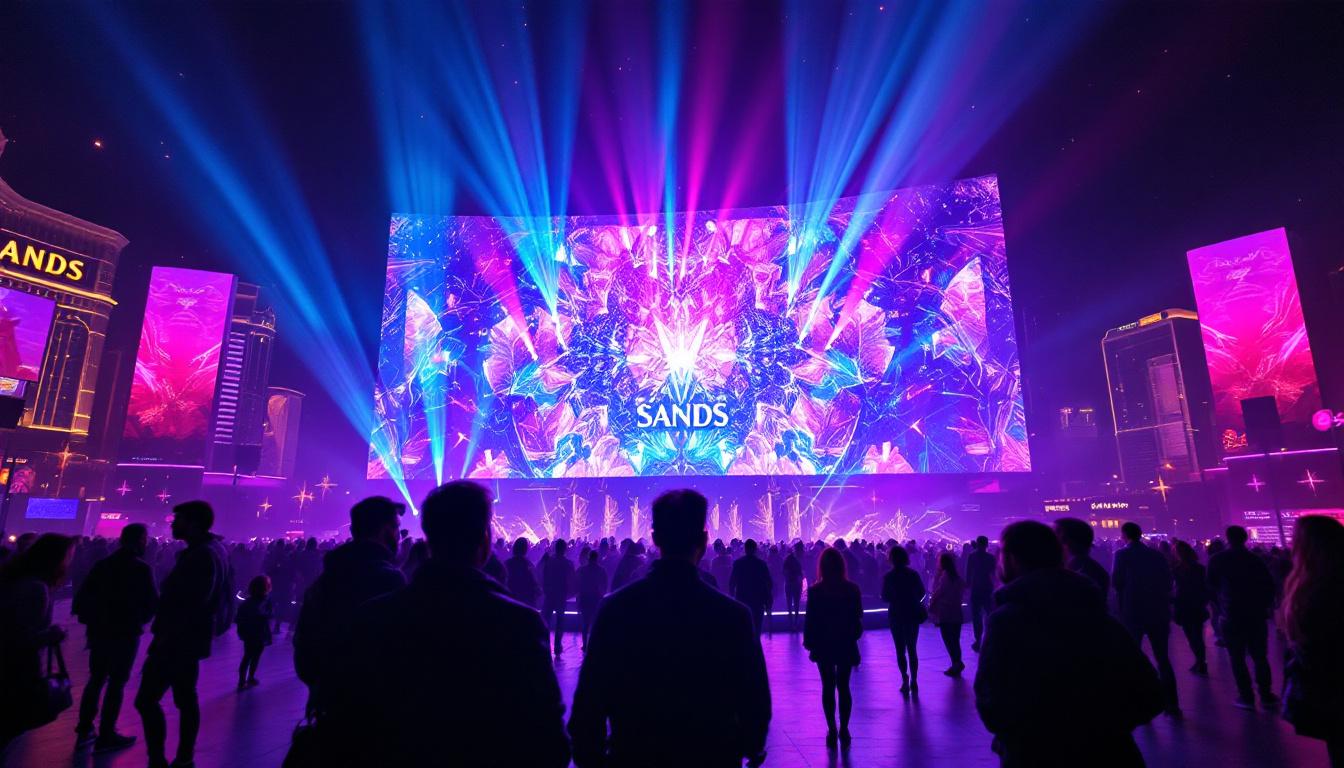In today’s visually driven world, the demand for high-quality displays has surged, making LED technology a staple in various industries. From concerts and sporting events to corporate presentations and advertising, LED displays have transformed the way information is conveyed. This article delves into the intricacies of video packages that utilize LED displays, exploring their features, benefits, and applications.
Understanding LED Technology
Light Emitting Diodes (LEDs) have revolutionized the display industry by offering brighter, more vibrant images with lower energy consumption compared to traditional display technologies. The basic principle of an LED display involves the emission of light when an electric current passes through a semiconductor material. This technology not only enhances visual clarity but also allows for greater flexibility in design and application. The advent of LED technology has also paved the way for more sustainable practices in the industry, as these energy-efficient lights consume significantly less power and have a longer lifespan than their incandescent counterparts, contributing to reduced waste and lower carbon footprints.
The Components of LED Displays
LED displays consist of several key components that work together to produce stunning visuals. The primary elements include:
- LED Modules: These are the building blocks of an LED display, containing multiple LEDs arranged in a grid pattern. Each module can be controlled independently, allowing for dynamic content display. The modular design also facilitates easy repairs and upgrades, ensuring that displays can evolve with technological advancements.
- Control Systems: A control system manages the input signals and translates them into visual output on the LED screen. This can include software that allows for real-time updates and remote management. Advanced control systems can integrate with various media sources, enabling seamless transitions between different types of content, such as videos, images, and live feeds.
- Power Supply: Reliable power sources are crucial for maintaining consistent brightness and performance. LED displays often require specialized power supplies to ensure optimal functionality. Additionally, innovations in power management technology have led to the development of systems that can monitor energy consumption and optimize performance, further enhancing the sustainability of LED displays.
Types of LED Displays
LED displays come in various types, each suited for specific applications:
- Indoor LED Displays: These are designed for use in controlled environments like conference rooms and retail spaces. They typically have a higher pixel density, resulting in sharper images viewed from close distances. The versatility of indoor displays allows them to be used for everything from advertising to information dissemination, making them a popular choice for businesses looking to engage their audiences effectively.
- Outdoor LED Displays: Built to withstand environmental conditions, outdoor displays are brighter and more robust. They are commonly used for billboards, sports arenas, and outdoor events. With advancements in technology, many outdoor displays now feature enhanced weatherproofing and anti-glare properties, ensuring visibility even in direct sunlight or adverse weather conditions.
- Transparent LED Displays: These innovative displays allow for visibility through the screen, making them ideal for retail environments where product visibility is essential. Transparent displays create a unique shopping experience, blending digital content with physical products, and are increasingly being used in storefronts to attract customers while maintaining an open and inviting atmosphere.
The Advantages of LED Displays
LED displays offer numerous advantages that make them a preferred choice for many applications. Their unique characteristics contribute to their growing popularity across various sectors.
Energy Efficiency
One of the most significant benefits of LED technology is its energy efficiency. Compared to traditional display technologies like LCD or plasma, LED displays consume less power while delivering brighter images. This not only reduces operational costs but also minimizes the environmental impact. In fact, businesses that switch to LED displays can see energy savings of up to 80%, which can be a substantial reduction in their overall energy bills. This efficiency is particularly beneficial for large installations, such as billboards or digital signage in retail environments, where the displays are on for extended periods.
Longevity and Durability
LED displays are known for their longevity. With a lifespan that can exceed 100,000 hours, they require less frequent replacement compared to other display types. Additionally, they are more resistant to shock and vibration, making them suitable for high-traffic environments. This durability is especially important in outdoor settings where displays are exposed to the elements. Many LED displays are designed to withstand extreme temperatures, humidity, and even direct sunlight, ensuring that they maintain their performance and visual quality over time. This resilience not only enhances their value but also contributes to lower maintenance costs.
Versatility in Content Delivery
LED displays can showcase a wide range of content, from static images to dynamic video presentations. This versatility allows businesses to engage their audiences effectively, whether through advertising, informational displays, or entertainment. The ability to update content remotely in real-time further enhances their utility. For instance, event organizers can use LED displays to provide live updates, such as scores at a sports event or schedule changes at a conference, ensuring that attendees are always informed. Moreover, the integration of interactive features, such as touch screens or QR code scanning, can transform a passive viewing experience into an engaging interaction, encouraging audience participation and enhancing overall engagement.
Applications of LED Displays
The versatility of LED displays extends across various industries, each leveraging the technology for unique purposes. Here are some notable applications:
Advertising and Marketing
In the realm of advertising, LED displays have become a powerful tool for brands to capture consumer attention. Dynamic advertisements can be displayed in high-traffic areas, ensuring maximum visibility. The ability to change content quickly allows marketers to tailor messages to specific audiences or events.
Events and Entertainment
Concerts, festivals, and sporting events utilize LED displays to enhance the audience experience. Large screens can broadcast live performances, provide information, and create immersive environments with stunning visuals. The flexibility in size and shape allows for creative installations that can transform any venue.
Corporate Communications
In corporate settings, LED displays serve as effective communication tools. They can be used for presentations, video conferencing, and internal messaging. The clarity and brightness of LED screens ensure that information is conveyed effectively, even in large rooms or outdoor settings.
Choosing the Right Video Package
When considering a video package that includes LED displays, several factors should be taken into account to ensure the right fit for specific needs.
Assessing Your Needs
Understanding the primary purpose of the LED display is crucial. Will it be used for advertising, events, or corporate communications? The intended use will dictate the type of display required, as well as the necessary features such as resolution, brightness, and size.
Evaluating Display Quality
Resolution is a critical factor in display quality. Higher pixel density provides clearer images, especially for indoor applications. For outdoor displays, brightness is equally important to ensure visibility in various lighting conditions. Evaluating these specifications will help in selecting the right display.
Budget Considerations
LED displays can vary significantly in price based on size, resolution, and technology. Establishing a budget early on will help narrow down options and ensure that the selected package meets both financial and functional requirements. It’s important to consider the long-term value of investing in quality displays, as they can lead to reduced maintenance costs and longer lifespans.
Installation and Maintenance
The installation and maintenance of LED displays are critical components that can impact their performance and longevity. Proper handling and care are essential for maximizing the benefits of this technology.
Installation Process
Installing an LED display requires careful planning and execution. Factors such as location, mounting options, and electrical requirements must be considered. Professional installation services are often recommended to ensure that the display is set up correctly and safely.
Regular Maintenance
To keep LED displays functioning optimally, regular maintenance is necessary. This includes cleaning the screens, checking connections, and updating software. Many manufacturers offer maintenance packages that can help businesses manage these tasks efficiently, ensuring that displays remain in top condition.
The Future of LED Displays
The future of LED display technology looks promising, with continuous advancements paving the way for even more innovative applications. Emerging trends indicate a shift towards higher resolutions, increased interactivity, and integration with smart technologies.
Advancements in Resolution and Technology
As technology evolves, the demand for higher resolution displays continues to grow. Innovations like MicroLED and MiniLED are gaining traction, offering even greater pixel density and improved color accuracy. These advancements will enhance the viewing experience, making LED displays an even more attractive option for various applications.
Integration with Smart Technologies
With the rise of smart technology, LED displays are increasingly being integrated with IoT devices and AI systems. This integration allows for more personalized content delivery and improved audience engagement. For example, displays can adapt in real-time to viewer demographics or environmental conditions, creating a more immersive experience.
Conclusion
LED displays have become an integral part of modern communication, offering unparalleled clarity, versatility, and energy efficiency. As technology continues to advance, the potential applications for LED displays will only expand, making them a vital tool for businesses and organizations across various sectors.
Understanding the components, advantages, and applications of LED displays is essential for making informed decisions when selecting video packages. By considering factors such as installation, maintenance, and future trends, businesses can leverage LED technology to enhance their messaging and engage their audiences effectively.
In a world where visual impact is paramount, investing in high-quality LED displays is not just a trend; it is a strategic move towards better communication and engagement.
Discover LumenMatrix’s Innovative LED Solutions
Ready to elevate your visual communication with cutting-edge LED technology? Look no further than LumenMatrix, a pioneer in crafting immersive LED display modules tailored for any application. Whether you need an Indoor LED Wall Display for corporate presentations, an Outdoor LED Wall Display for advertising, or any of our specialized solutions like Vehicle, Sports, or Floor LED Displays, LumenMatrix has you covered. Embrace the future of digital signage with our Custom, All-in-One, and Transparent LED Displays, designed to captivate your audience and amplify your message. Check out LumenMatrix LED Display Solutions today and transform your space into a dynamic visual experience.

